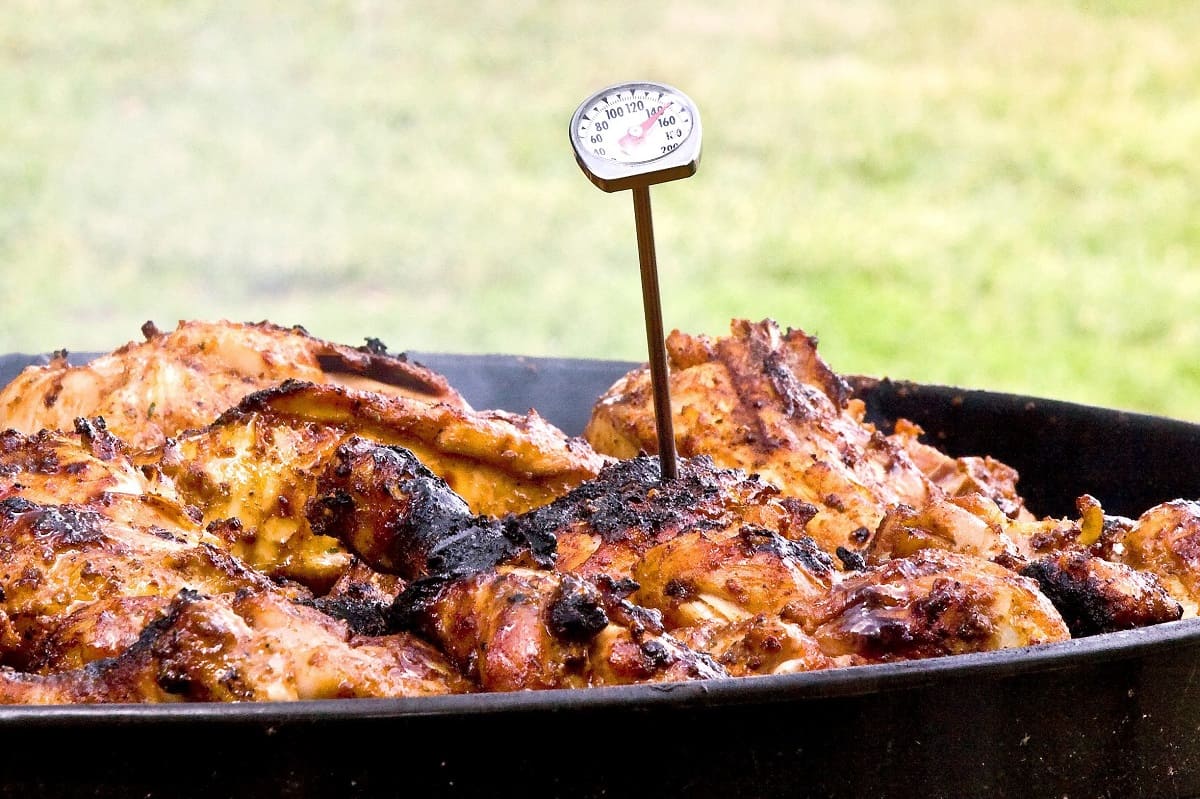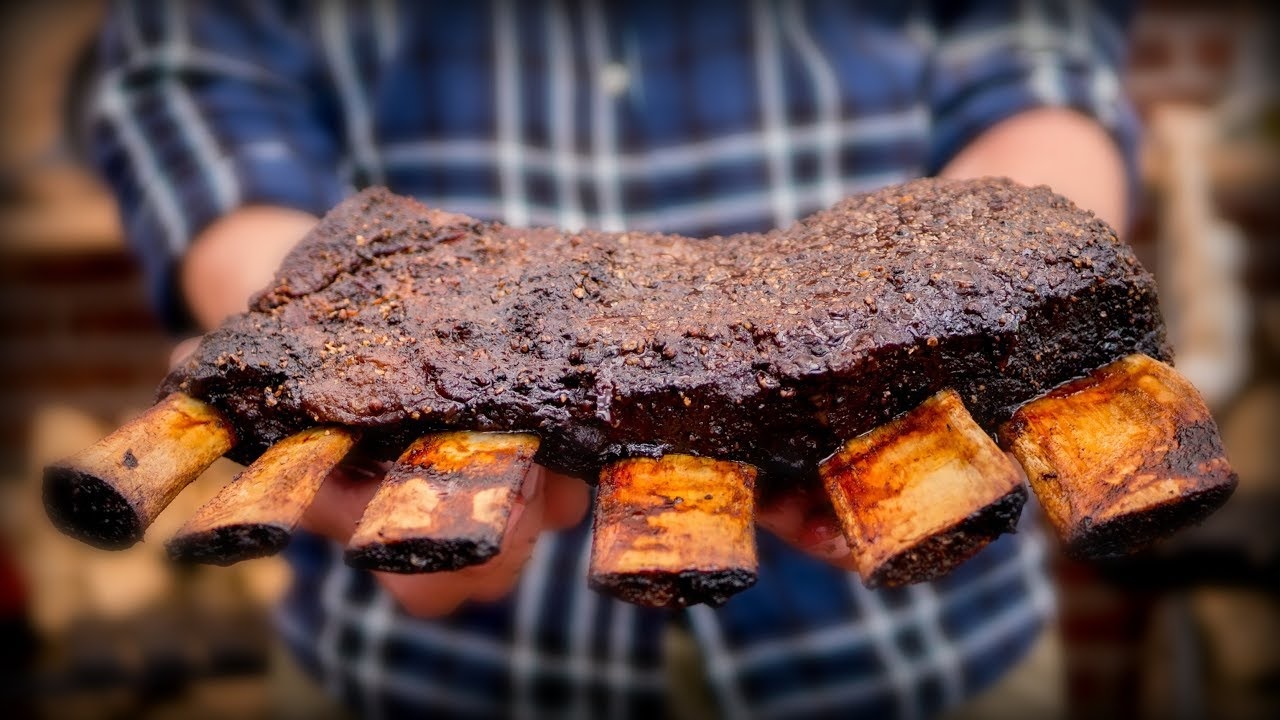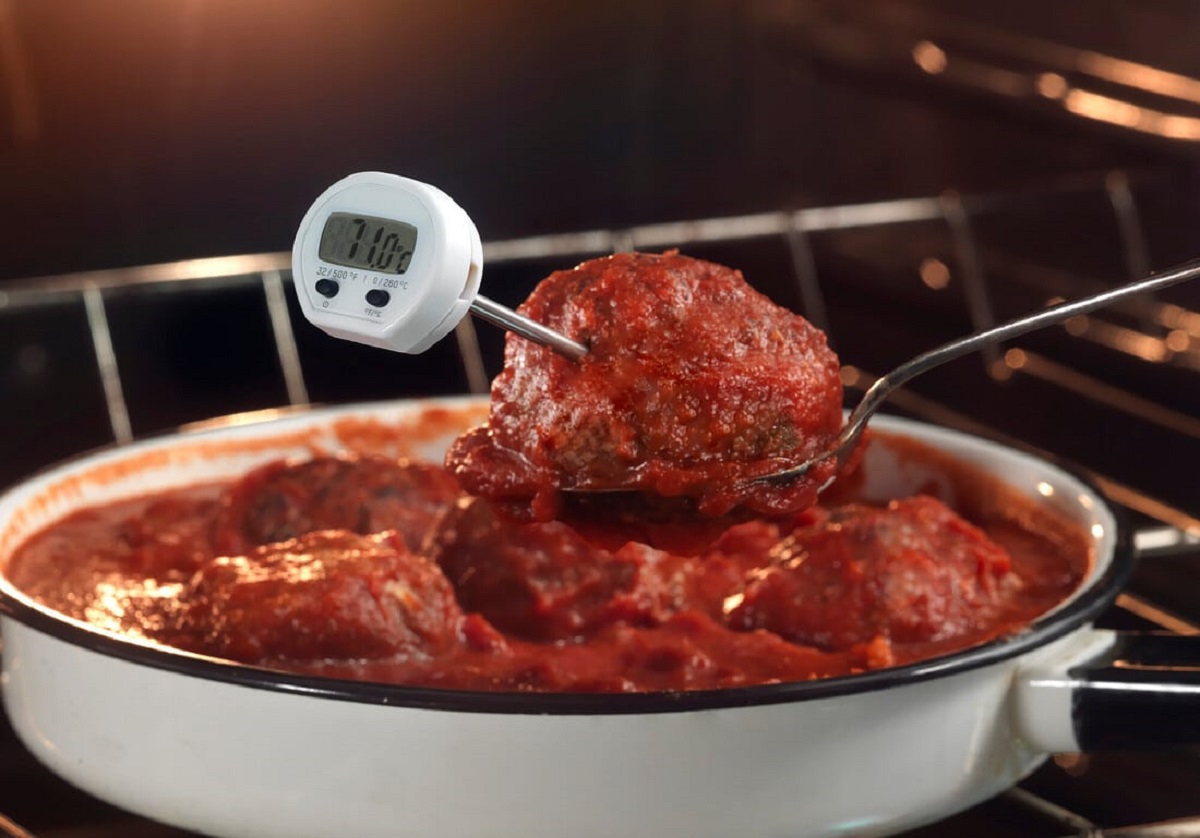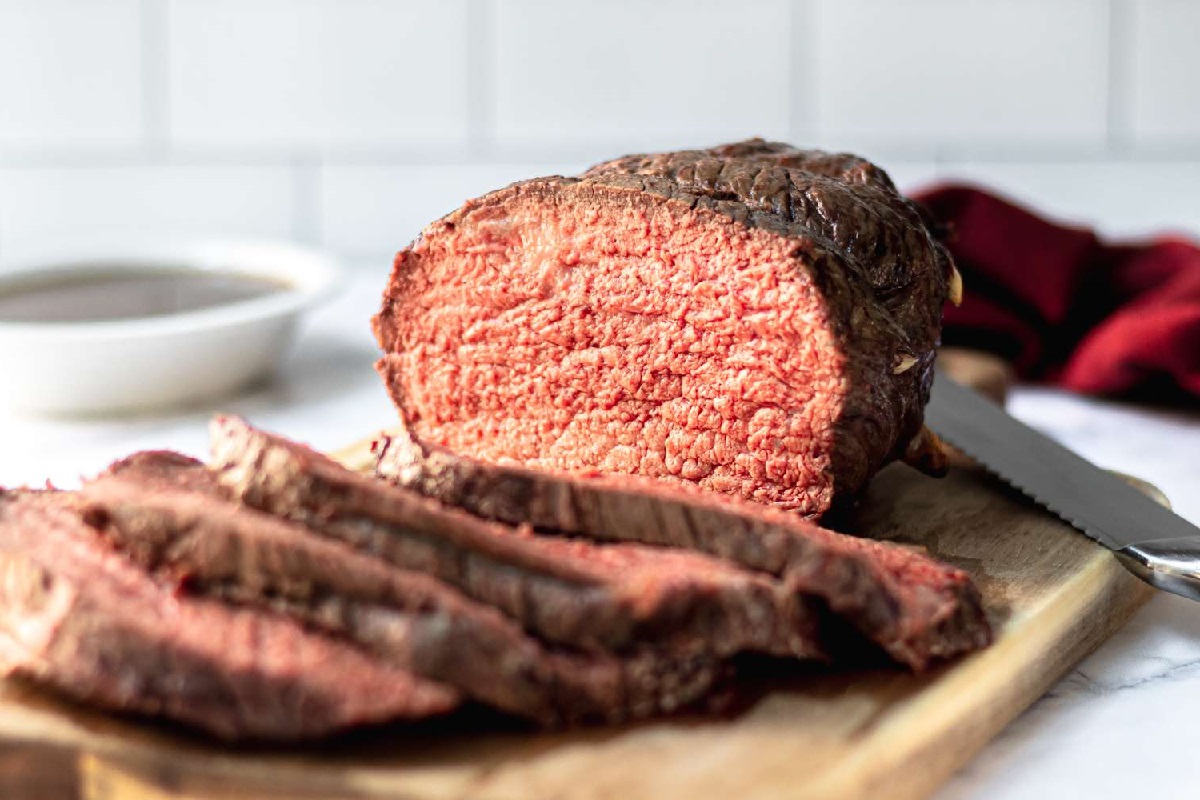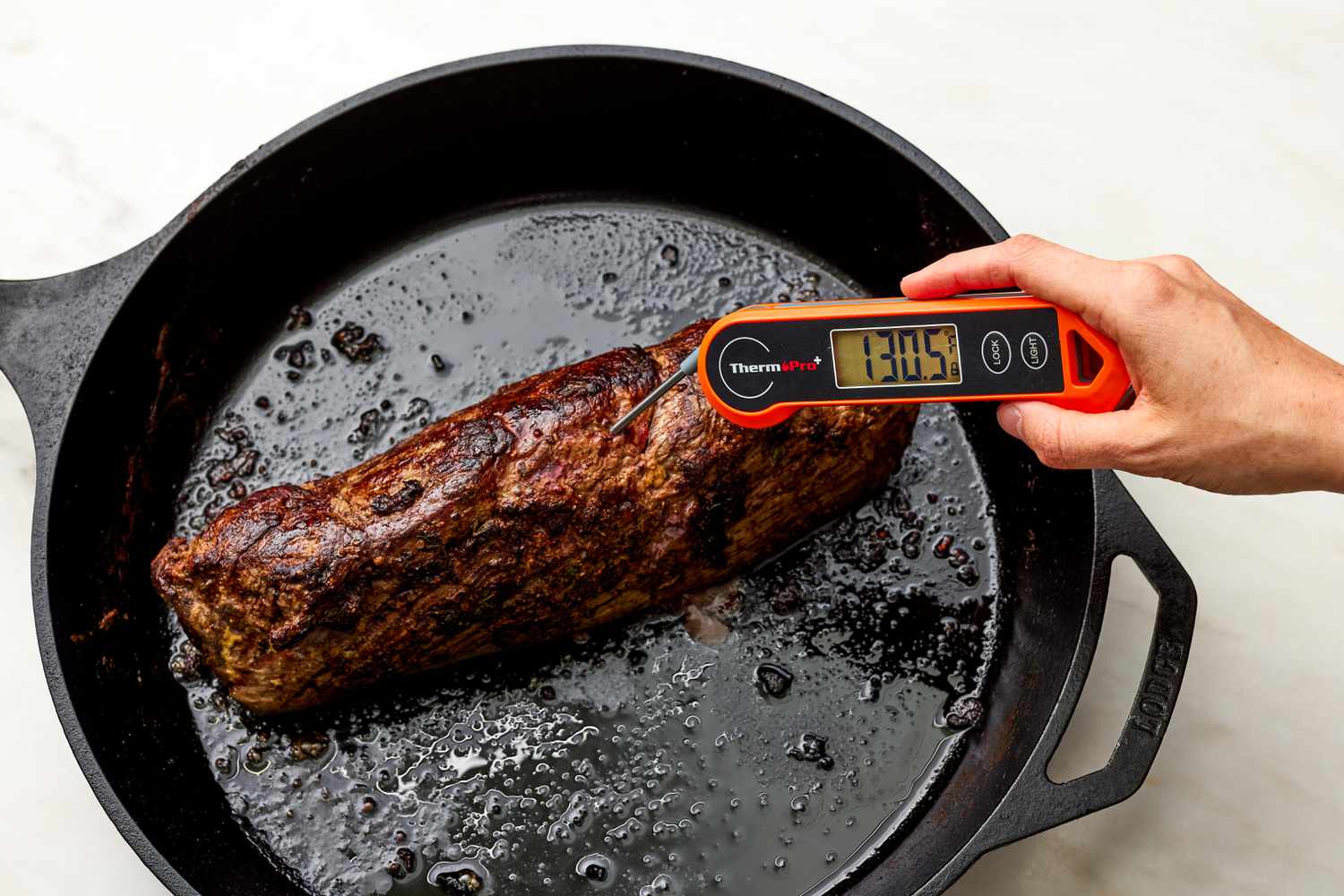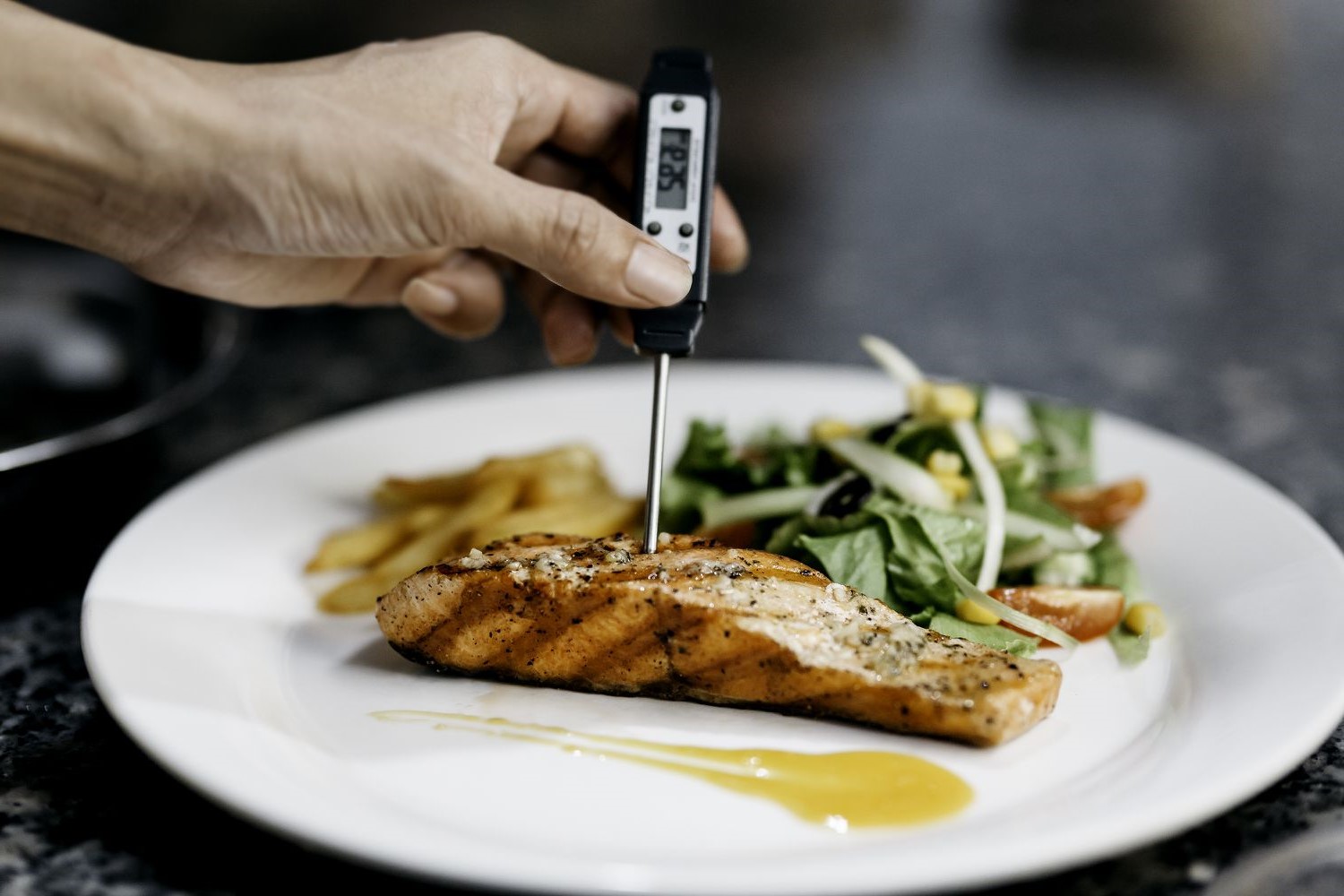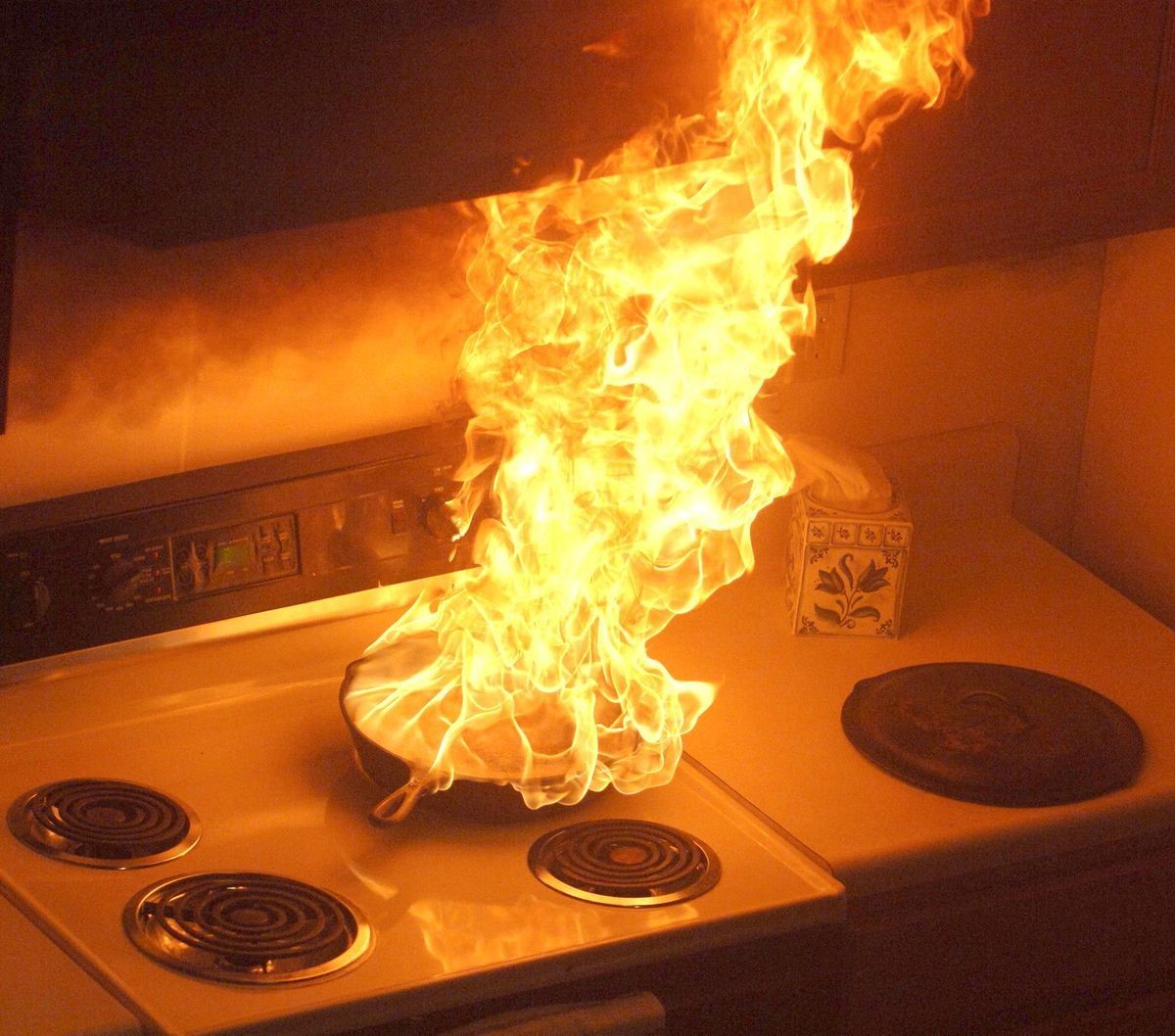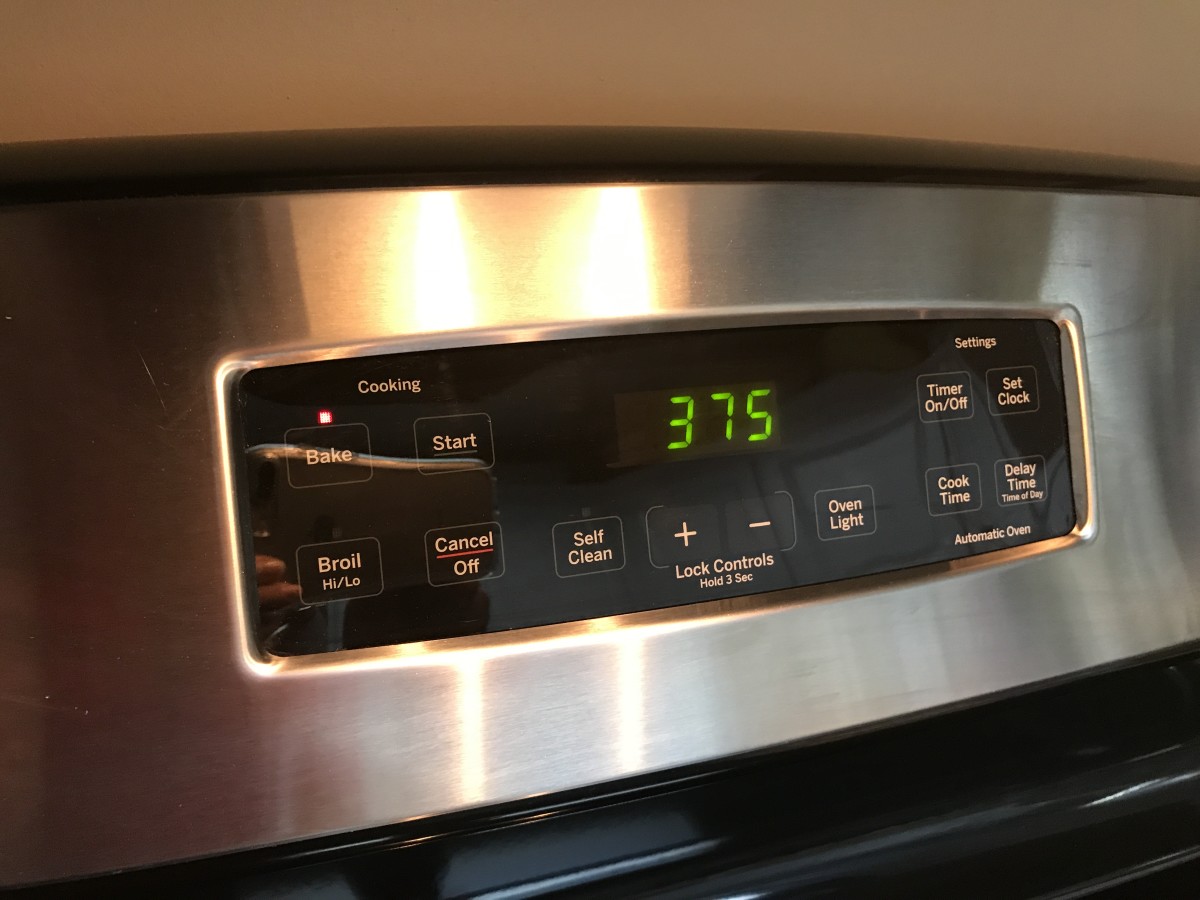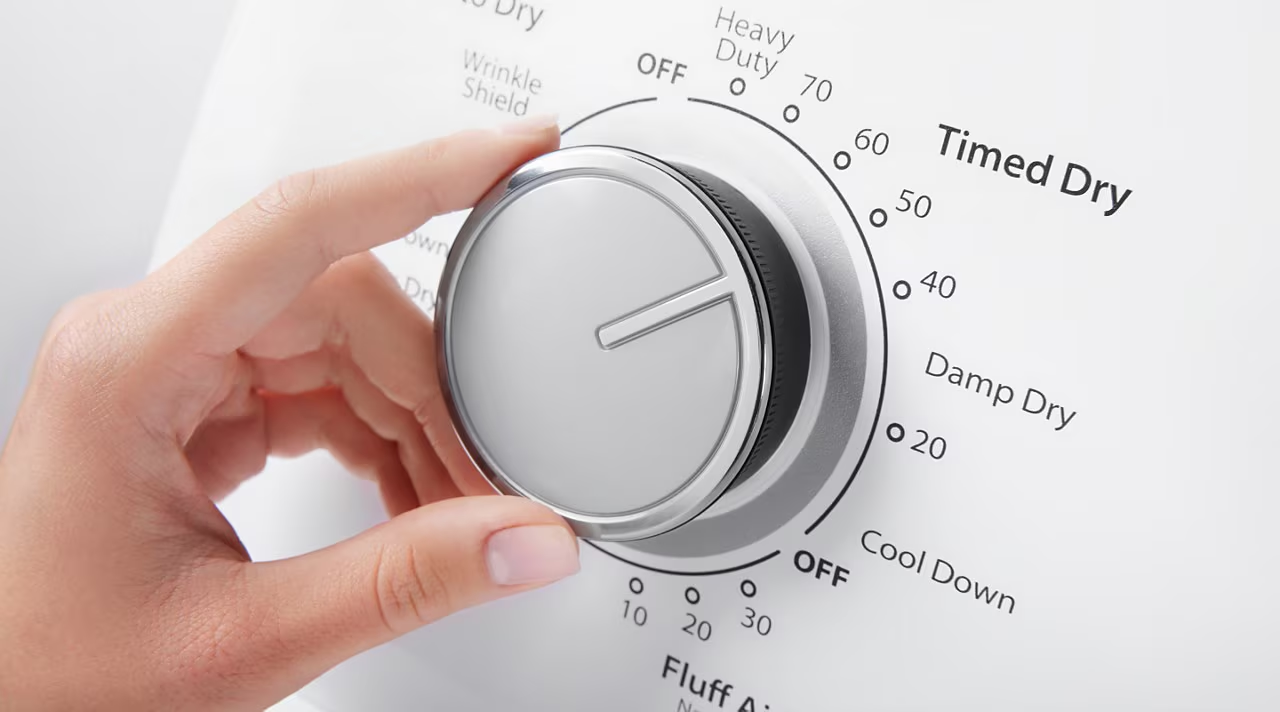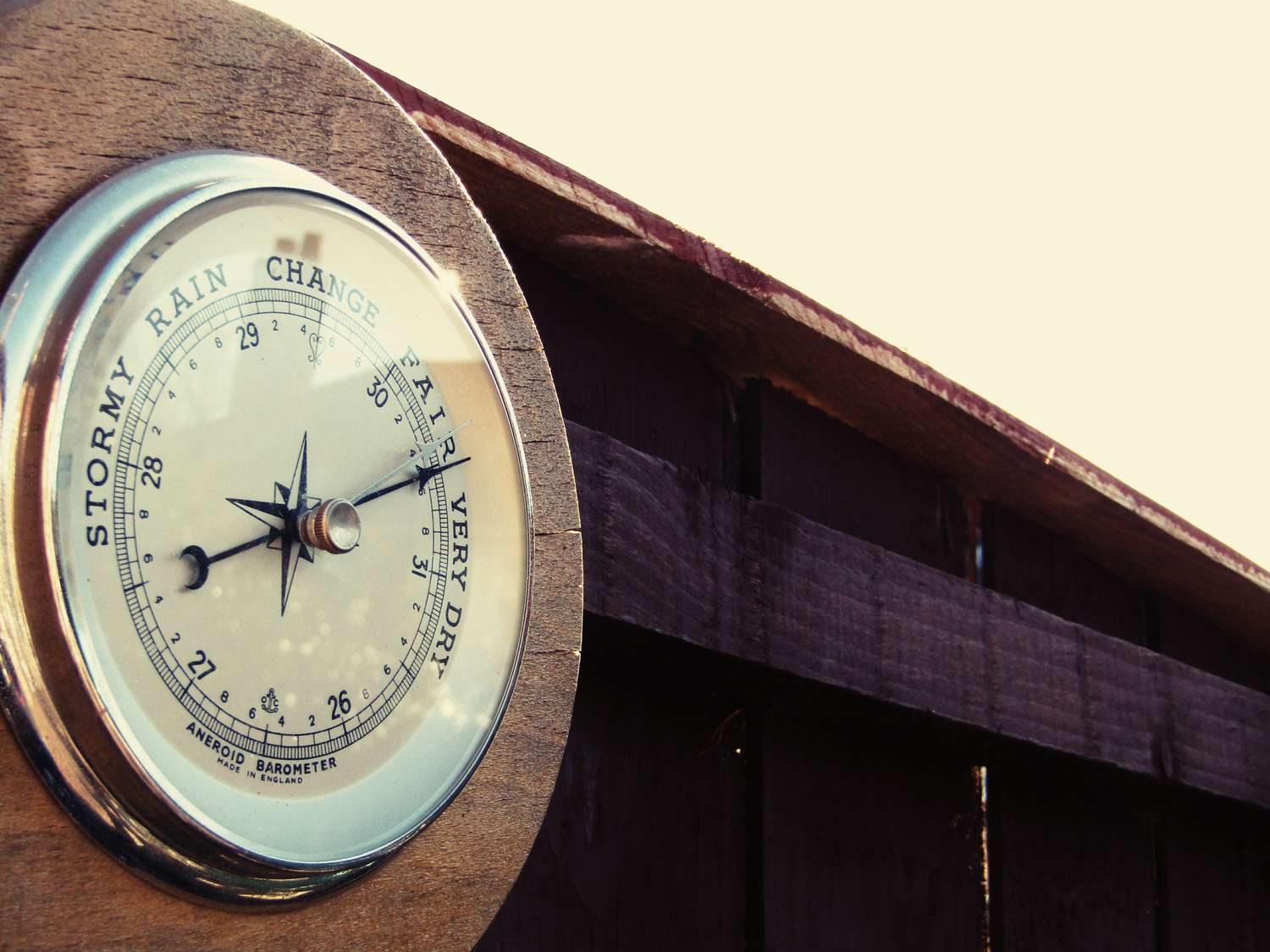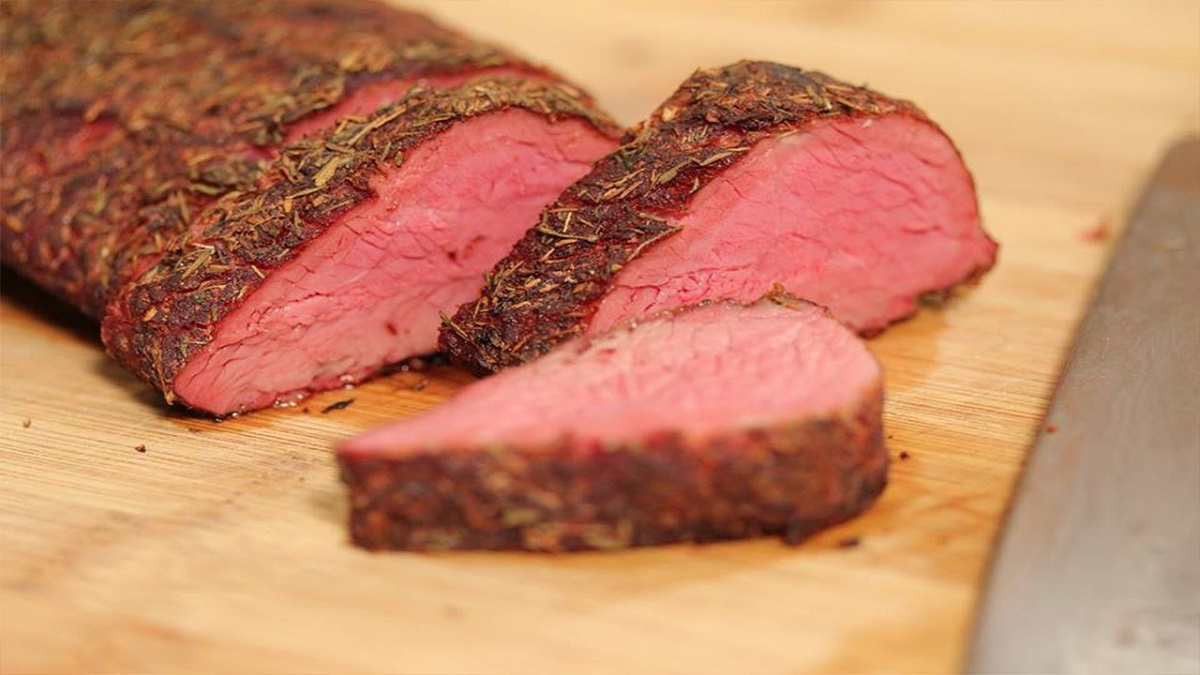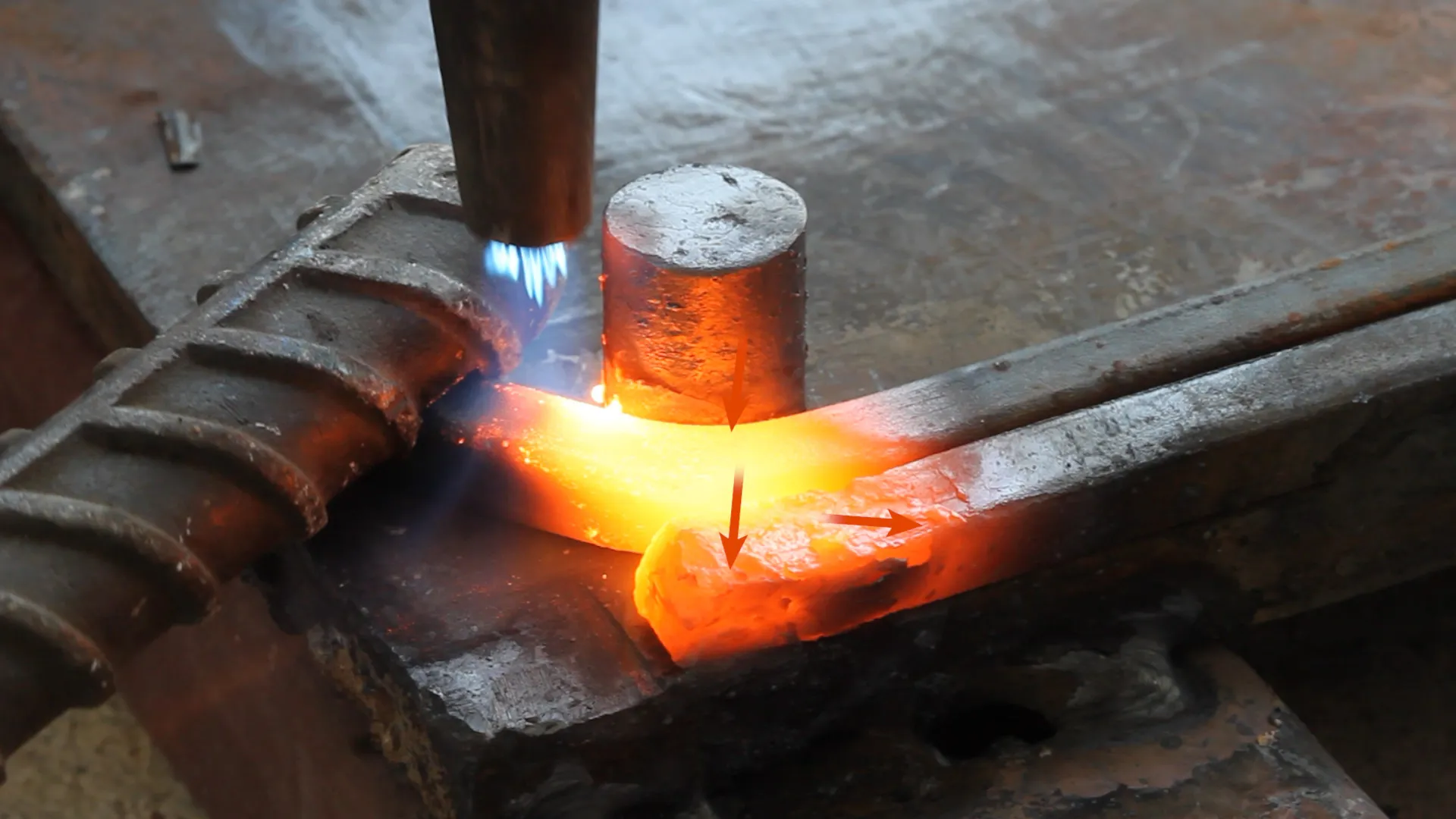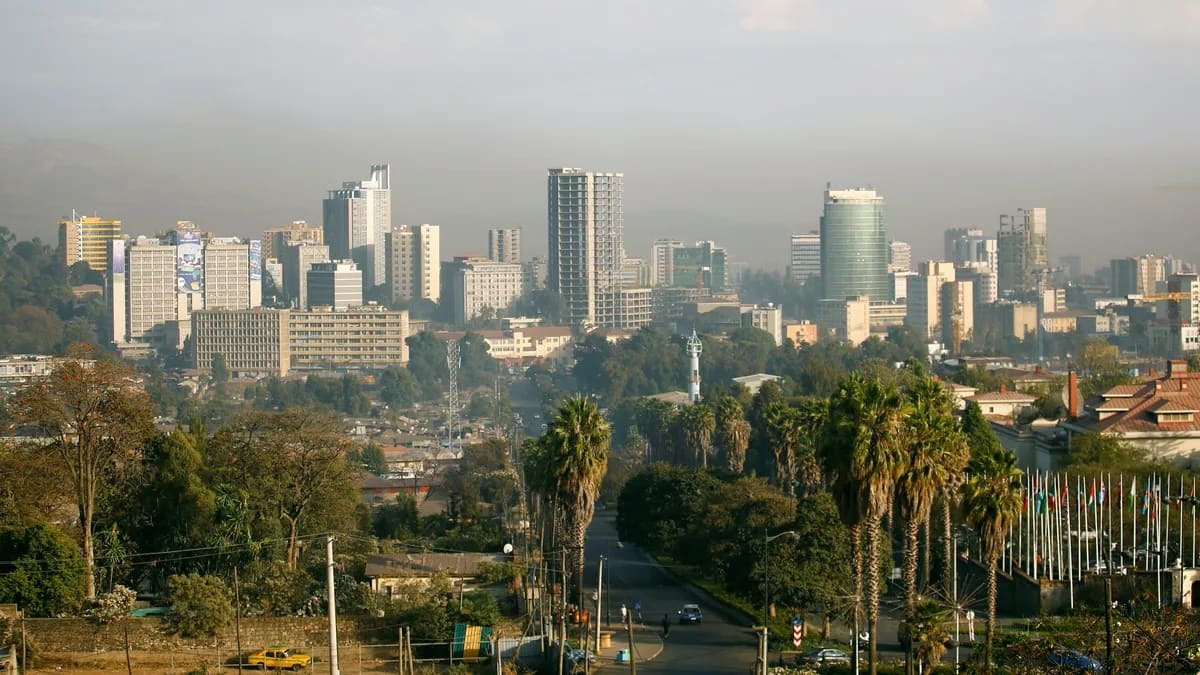Home>Culinary & Beverages>Beef Temperature Guide: Cooking Temperatures For Different Cuts Of Meat
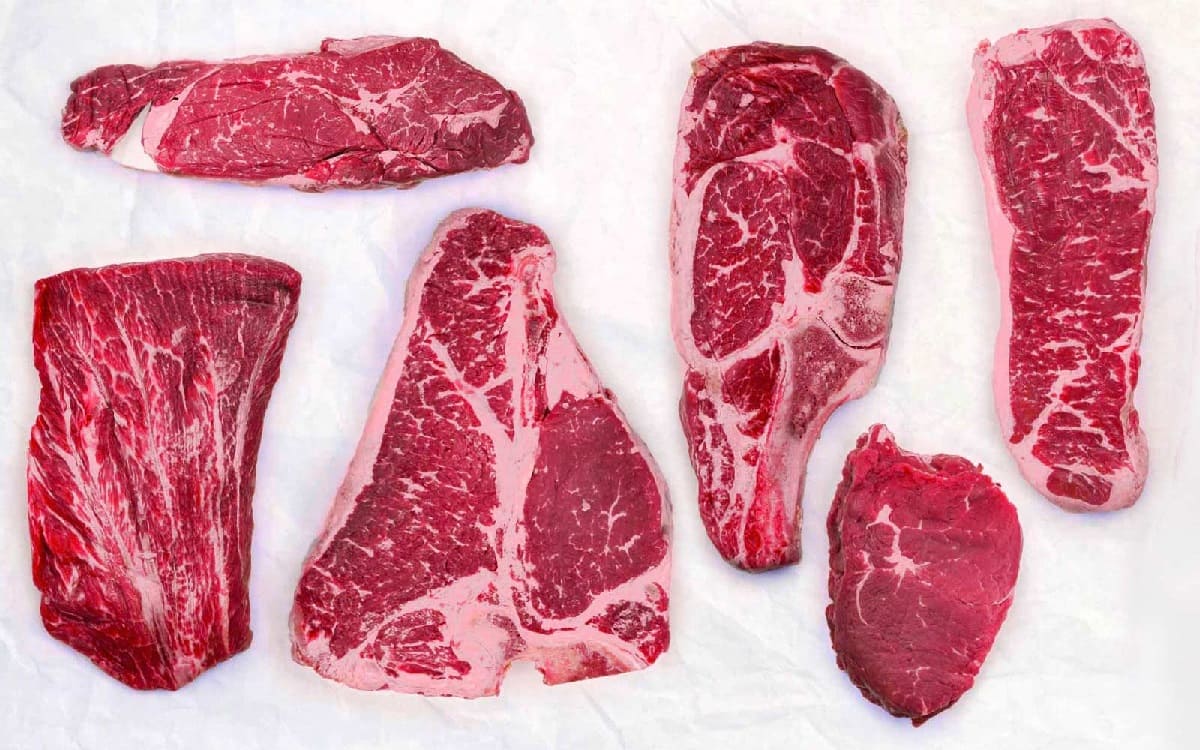

Culinary & Beverages
Beef Temperature Guide: Cooking Temperatures For Different Cuts Of Meat
Published: February 21, 2024
Discover the perfect cooking temperatures for various beef cuts with our comprehensive beef temperature guide. Elevate your culinary skills with expert tips and techniques.
(Many of the links in this article redirect to a specific reviewed product. Your purchase of these products through affiliate links helps to generate commission for Temperatures.com, at no extra cost. Learn more)
Table of Contents
Introduction
Cooking beef to the perfect temperature is an art that can elevate a dish from good to exceptional. Whether you prefer your steak rare, medium-rare, or well-done, understanding the ideal cooking temperatures for different cuts of beef is essential for achieving the desired level of doneness and flavor. From tender cuts like filet mignon to tougher cuts like brisket, each type of beef requires specific cooking temperatures to unlock its full potential.
In this comprehensive guide, we will delve into the nuances of beef temperatures, exploring the ideal cooking temperatures for various cuts of meat. By understanding the science behind beef temperatures and mastering the art of precision cooking, you can take your culinary skills to new heights and delight your taste buds with perfectly cooked beef dishes.
Let's embark on a journey through the world of beef temperatures, uncovering the secrets to achieving succulent, flavorful beef dishes that will impress even the most discerning palates. Whether you're a seasoned home cook or a culinary enthusiast eager to expand your knowledge, this guide will equip you with the expertise to cook beef to perfection, ensuring that every bite is a symphony of tenderness and taste.
Understanding Beef Temperatures
Understanding beef temperatures is fundamental to achieving the perfect doneness and flavor in beef dishes. The temperature at which beef is cooked directly impacts its texture, juiciness, and overall eating experience. Whether you're grilling a steak, roasting a prime rib, or braising a pot roast, knowing the ideal cooking temperatures for different cuts of beef is essential for culinary success.
The key to understanding beef temperatures lies in recognizing the correlation between internal temperature and doneness. When beef is cooked, its internal temperature rises, triggering various chemical and physical changes that ultimately determine the texture and juiciness of the meat. Different levels of doneness, such as rare, medium-rare, medium, and well-done, are achieved by cooking beef to specific internal temperatures.
For instance, a rare steak is typically cooked to an internal temperature of 125°F (51.7°C) to 130°F (54.4°C), resulting in a bright red center and a tender, juicy texture. On the other hand, a well-done steak reaches an internal temperature of 160°F (71.1°C) or higher, yielding a uniformly browned interior and a firmer, drier consistency.
It's important to note that the ideal cooking temperatures vary depending on the cut of beef being prepared. Tender cuts, such as filet mignon and ribeye, are best enjoyed when cooked to lower internal temperatures to preserve their natural tenderness and juiciness. Tougher cuts, like brisket and chuck roast, benefit from longer cooking times at higher temperatures to break down the connective tissues and achieve a melt-in-your-mouth texture.
By understanding the science of beef temperatures, you can tailor your cooking approach to suit the specific cut of beef, ensuring that each dish is cooked to perfection. Whether you prefer your beef rare, medium, or well-done, mastering the art of beef temperatures empowers you to create culinary masterpieces that delight the senses and elevate the dining experience.
In the next sections, we will explore the ideal cooking temperatures for tender cuts and tough cuts of beef, providing valuable insights to help you achieve exceptional results in the kitchen.
Cooking Temperatures for Tender Cuts
When it comes to tender cuts of beef, precision is key to preserving their natural tenderness and succulence. These premium cuts, such as filet mignon, ribeye, and strip steak, are prized for their buttery texture and rich flavor. To unlock their full potential, it's essential to cook them to the perfect internal temperature, ensuring a delectable dining experience with every bite.
For rare to medium-rare doneness, tender cuts of beef should be cooked to an internal temperature ranging from 125°F (51.7°C) to 135°F (57.2°C). At this range, the beef retains a rosy pink hue in the center, offering a tender and juicy consistency that is highly sought after by beef enthusiasts. Achieving this level of doneness requires precision and careful monitoring of the cooking process to ensure that the beef reaches the ideal internal temperature without overcooking.
For those who prefer a medium doneness, where the beef exhibits a slightly pink center, the internal temperature should be targeted between 135°F (57.2°C) and 145°F (62.8°C). This range balances the desired tenderness with a subtle hint of pinkness, creating a harmonious blend of flavors and textures that elevate the dining experience.
For a medium-well doneness, characterized by a faint trace of pink in the center, the internal temperature should reach 145°F (62.8°C) to 155°F (68.3°C). This level of doneness offers a balance between tenderness and a more pronounced firmness, catering to those who prefer a slightly firmer texture while still savoring the natural juiciness of the beef.
Lastly, for those who prefer their beef well-done, with no visible pinkness, the internal temperature should reach 160°F (71.1°C) or higher. At this temperature, the beef achieves a uniformly browned interior, resulting in a firmer texture while retaining its inherent flavor.
Mastering the art of cooking tender cuts of beef to the perfect internal temperature allows you to savor the exquisite tenderness and flavor that these premium cuts have to offer. Whether you're preparing a romantic dinner for two or hosting a special gathering, achieving the ideal cooking temperatures for tender cuts ensures that every bite is a culinary delight, leaving a lasting impression on your guests and elevating the dining experience to new heights.
Cooking Temperatures for Tough Cuts
When it comes to tough cuts of beef, such as brisket, chuck roast, and short ribs, a different approach to cooking temperatures is required to transform their inherent toughness into tender, flavorful masterpieces. These cuts are rich in connective tissues and collagen, which, when cooked to the appropriate internal temperatures, undergo a magical transformation, resulting in melt-in-your-mouth textures and rich, succulent flavors.
To achieve the desired level of doneness and tenderness, tough cuts of beef benefit from longer cooking times at higher temperatures. This slow and steady approach allows the connective tissues to break down, resulting in a lusciously tender and moist end product that is sure to impress even the most discerning palates.
For tough cuts of beef, the ideal internal temperature for rare to medium-rare doneness ranges from 125°F (51.7°C) to 135°F (57.2°C). At this temperature range, the tough fibers begin to break down, yielding a tender yet slightly firm texture that is infused with rich, beefy flavors. Achieving this level of doneness requires patience and a commitment to allowing the beef to undergo the slow transformation that ultimately leads to a culinary masterpiece.
For those who prefer a medium doneness in tough cuts of beef, where a slight pinkness is desired, the internal temperature should be targeted between 135°F (57.2°C) and 145°F (62.8°C). This range strikes a perfect balance between tenderness and a hint of pinkness, resulting in a texture that is both succulent and deeply flavorful.
For a medium-well doneness, characterized by a firmer yet still moist texture, the internal temperature should reach 145°F (62.8°C) to 155°F (68.3°C). This level of doneness offers a delightful interplay of tenderness and a more substantial bite, creating a satisfying dining experience that showcases the natural richness of the beef.
Lastly, for those who prefer their tough cuts of beef well-done, with no visible pinkness, the internal temperature should reach 160°F (71.1°C) or higher. At this temperature, the tough cuts achieve a uniformly cooked interior, resulting in a firm yet incredibly flavorful end product that is perfect for those who prefer a more substantial texture.
Mastering the art of cooking tough cuts of beef to the perfect internal temperature allows you to unlock their full potential, transforming them into delectable dishes that are sure to leave a lasting impression. Whether you're preparing a comforting pot roast for a family gathering or braising short ribs for a special occasion, achieving the ideal cooking temperatures for tough cuts ensures that every bite is a culinary triumph, showcasing the rich, robust flavors and irresistible tenderness of these beloved cuts of beef.
Tips for Checking Beef Temperatures
Checking beef temperatures accurately is crucial to ensuring that your beef dishes are cooked to perfection. Here are some essential tips for checking beef temperatures to achieve the desired level of doneness:
-
Use a Reliable Meat Thermometer: Invest in a high-quality meat thermometer to accurately gauge the internal temperature of the beef. Instant-read digital thermometers are particularly effective for obtaining quick and precise readings, allowing you to monitor the progress of the cooking process with ease.
-
Insert the Thermometer Correctly: When using a meat thermometer, ensure that it is inserted into the thickest part of the beef, away from any bones or fat. This will provide an accurate representation of the internal temperature, allowing you to make informed decisions about the doneness of the meat.
-
Avoid Overcooking: To prevent overcooking, remove the beef from the heat source a few degrees below the target temperature for the desired level of doneness. The residual heat will continue to cook the beef as it rests, allowing the internal temperature to rise to the perfect level without risking overdone meat.
-
Consider Carryover Cooking: Keep in mind that carryover cooking, which refers to the continued rise in internal temperature after the beef is removed from the heat, should be factored into your cooking process. By accounting for carryover cooking, you can achieve precise doneness without the risk of overcooking the beef.
-
Differentiate Between Direct and Indirect Heat: When grilling or using an oven, understand the difference between direct and indirect heat. For thicker cuts of beef, such as roasts, utilizing indirect heat after searing can help achieve uniform doneness without charring the exterior.
-
Familiarize Yourself with USDA Recommendations: Familiarize yourself with the recommended safe cooking temperatures for various cuts of beef as outlined by the United States Department of Agriculture (USDA). This knowledge will guide you in ensuring that your beef dishes are not only delicious but also safe to consume.
By implementing these tips for checking beef temperatures, you can elevate your culinary skills and consistently deliver perfectly cooked beef dishes that are sure to impress. Whether you're grilling steaks, roasting prime rib, or braising brisket, mastering the art of checking beef temperatures is the key to culinary excellence.
Conclusion
In the realm of culinary arts, mastering the intricacies of beef temperatures is a transformative journey that empowers cooks to create extraordinary dining experiences. From the sizzle of a perfectly seared steak to the comforting aroma of a slow-cooked pot roast, the art of precision cooking elevates beef dishes to new heights of flavor and tenderness.
By understanding the ideal cooking temperatures for different cuts of beef, culinary enthusiasts can embark on a culinary adventure that celebrates the nuances of doneness, texture, and taste. Whether it's the delicate tenderness of a filet mignon cooked to a perfect medium-rare or the rich succulence of a slow-braised brisket reaching ideal doneness, the mastery of beef temperatures unlocks a world of culinary possibilities.
The journey through beef temperatures reveals the science and artistry behind achieving the perfect level of doneness, whether it's rare, medium-rare, medium, or well-done. Tender cuts, such as ribeye and strip steak, beckon to be cooked to precise temperatures that preserve their natural tenderness and juiciness, while tougher cuts, like chuck roast and short ribs, undergo a slow and steady transformation at higher temperatures to yield melt-in-your-mouth textures and rich, succulent flavors.
As cooks navigate the realm of beef temperatures, the careful monitoring of internal temperatures, the artful use of meat thermometers, and the understanding of carryover cooking become essential tools in their culinary arsenal. These elements, combined with a deep appreciation for the USDA's recommended safe cooking temperatures, ensure that every beef dish not only delights the palate but also prioritizes food safety.
In conclusion, the mastery of beef temperatures is a testament to the dedication and passion that cooks bring to their craft. It is a journey that celebrates precision, patience, and the pursuit of culinary excellence. Whether it's a celebratory dinner, a casual gathering, or a comforting family meal, the art of cooking beef to perfection through precise temperatures ensures that every bite is a symphony of tenderness and taste, leaving a lasting impression on all who partake in the culinary experience.
